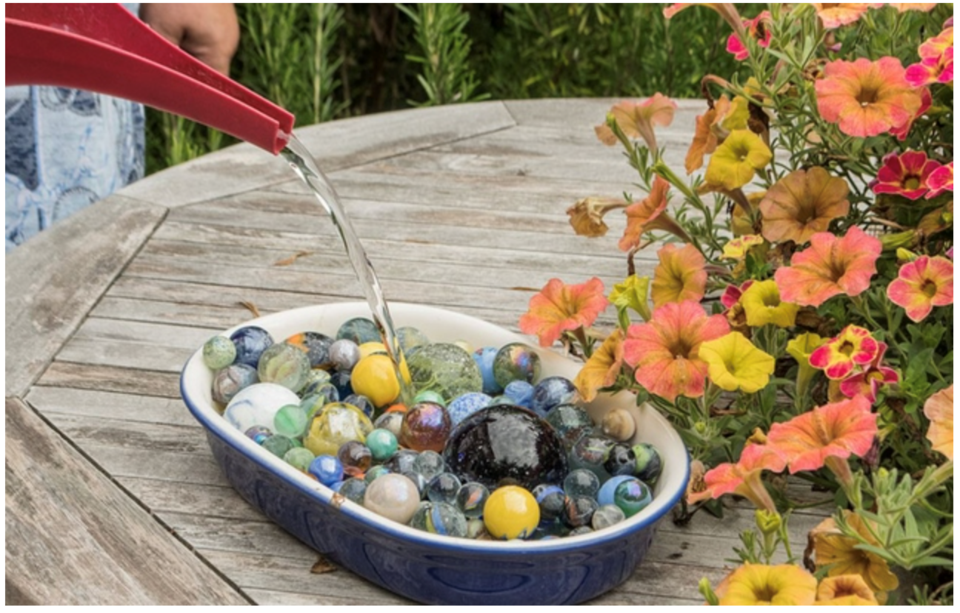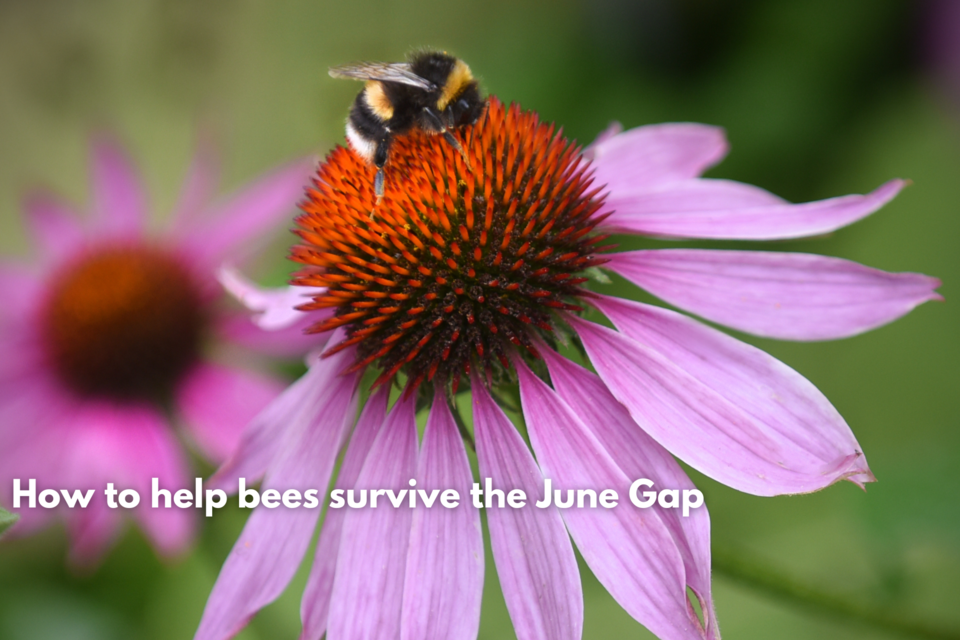As honey bee colonies reach their peak size in early summer, many people do not realize that bees are actually at risk of starvation during a brief but critical window known as the “June Gap.”
Information about the June Gap has been shared widely on Facebook this summer, and it refers to a real phenomenon that occurs between the end of spring blooms and the start of summer flowers. While it may go unnoticed by most, beekeeping organizations warn that this period can be a dangerous time for bees, as nectar sources become temporarily scarce.
Well-intentioned efforts to help by placing fruit outdoors can actually be harmful. In Georgia’s summer heat, fruit ferments quickly, attracting bees to food that can carry harmful bacteria. If carried back to the hive, this contaminated material can spoil honey stores and weaken the colony.
Instead, beekeeping experts recommend providing clean, shallow water sources. A simple dish filled with fresh water and pebbles or twigs gives bees a safe place to land and drink. Adding a pinch of pink Himalayan salt—which contains minerals that support hive health—can offer an extra benefit.

Another way to help is by planting flowers that bloom during the June Gap. In southeast Georgia, great choices include black-eyed Susans, coreopsis, coneflowers, bee balm, basil, and zinnias. These flowers provide essential nectar and pollen during a time when bees need it most.
Feeding bees sugar or honey directly is discouraged, as it can disrupt their natural behavior and spread disease.
Supporting bees during the June Gap can be a fun and simple way to make a positive impact. The best part: you just need clean water, the right flowers, and a little bit of time well spent!




